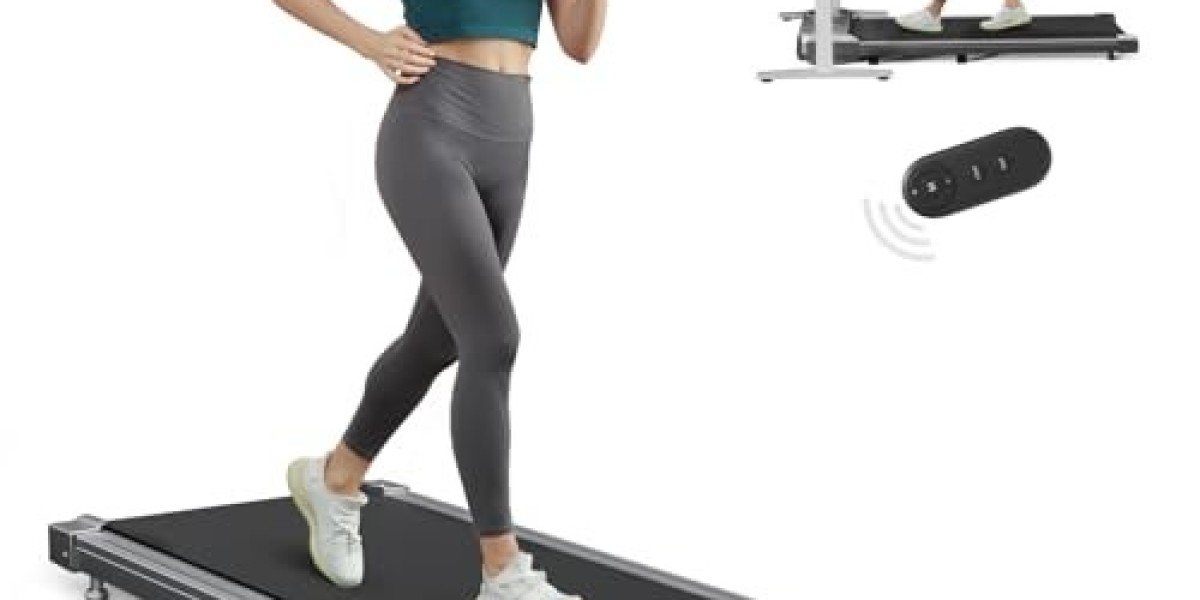In the modern age of digital innovation and rapid technological advancement, medical drones have emerged as a transformative force in the healthcare sector. These unmanned aerial vehicles (UAVs), once seen primarily as tools for military surveillance or recreational photography, are now being harnessed to bridge critical gaps in medical logistics. Medical drones are specialized flying devices equipped to transport medical supplies, such as blood samples, vaccines, emergency medication, and diagnostic equipment, from one location to another, especially in regions that are remote or hard to access.
What sets medical drones apart is their capacity to defy the limitations of traditional healthcare delivery systems. Medical Drones have become a lifeline in emergency situations, enabling near-instant delivery of essential supplies in areas affected by natural disasters, war, or infrastructure breakdowns. In developing countries where roadways are often unreliable or impassable, drones offer a reliable alternative that can operate over mountains, rivers, and dense urban traffic with minimal delay. This agility and speed can make the difference between life and death in time-sensitive situations, such as delivering anti-venom, blood transfusions, or defibrillators.
Innovation in Action
The innovation behind medical drones lies in their seamless integration of several cutting-edge technologies. They utilize GPS navigation, artificial intelligence, autonomous flight systems, real-time tracking, and advanced battery technologies to perform complex deliveries without human intervention. Drones are increasingly equipped with temperature-controlled compartments to safely carry sensitive materials such as blood or vaccines, preserving their efficacy throughout the journey.
One of the most promising innovations is the ability for drones to operate autonomously. AI-powered flight algorithms can analyze terrain data, adjust for weather conditions, and select optimal flight paths, all while maintaining communication with centralized control systems. These advances reduce the need for manual piloting and allow for scalable operations across wider regions. The ability to land in small, confined spaces adds another dimension of versatility, especially in urban or heavily forested environments.
Addressing Challenges in Healthcare Infrastructure
A persistent issue in global healthcare delivery is the lack of access in remote or underdeveloped areas. Poor transportation infrastructure can delay or even prevent life-saving treatments from reaching patients in time. Medical drones help mitigate these challenges by cutting down delivery times from hours to minutes. In humanitarian crises, such as earthquakes or floods, drones can reach survivors with first-aid kits, diagnostic tools, and communication devices, even when roads are destroyed or impassable.
Beyond emergency response, drones are also being explored for routine services such as delivering chronic disease medications, transporting laboratory samples for testing, or supplying rural clinics with medical stock. This consistent and reliable support can reduce the burden on already overstretched healthcare systems and enable providers to extend their reach.
Economic and Environmental Impact
In addition to their healthcare benefits, medical drones offer economic and environmental advantages. Traditional transportation methods, especially in emergency logistics, can be costly and carbon-intensive. Helicopters, ambulances, and fuel-based vehicles often require significant investment, not just in fuel but also in personnel and maintenance. Drones, on the other hand, are relatively cost-effective, requiring less manpower and operating on electric or battery-powered systems that have a smaller carbon footprint.
Furthermore, as drone technology becomes more affordable and widely adopted, economies of scale are expected to lower operational costs even further. This economic feasibility opens the door for governments and non-governmental organizations (NGOs) to implement drone programs on a broader scale, improving healthcare access across diverse populations.
Regulatory Landscape and Ethical Considerations
Despite the numerous advantages, the widespread deployment of medical drones must navigate regulatory and ethical hurdles. Airspace regulations vary by country and often lag behind technological capabilities. Questions of privacy, air safety, and coordination with manned aircraft systems present significant challenges. Governments must develop comprehensive frameworks to govern drone use, ensuring safety while fostering innovation.
Ethically, issues such as data security, patient confidentiality, and equitable access must be considered. As drones often rely on cloud-based systems for navigation and communication, they must be protected from cyber threats. Moreover, care must be taken to ensure that drone-delivered healthcare does not create disparities, favoring urban or well-funded areas while neglecting the rural populations they are meant to help.
Future Outlook
The future of medical drones is exceptionally bright. Ongoing research and development efforts aim to increase drone payload capacity, extend battery life, and enhance real-time monitoring capabilities. Integration with telemedicine platforms is also on the horizon, enabling healthcare providers to diagnose and interact with patients remotely while dispatching drones with necessary treatment.
Urban environments are beginning to explore drone corridors, designated aerial highways that can accommodate fleets of drones operating simultaneously without risk of collision. Meanwhile, startups and tech giants alike are investing heavily in smart drone technology, hinting at a future where healthcare delivery is increasingly automated, data-driven, and responsive.
Conclusion
Medical drones are not just an emerging trend—they represent a paradigm shift in how we think about healthcare accessibility, speed, and efficiency. By delivering critical supplies faster, reducing operational costs, and overcoming infrastructural limitations, drones have the power to revolutionize public health systems across the globe. While challenges remain, the momentum is undeniable. As technology evolves and regulatory frameworks catch up, medical drones are poised to become an integral part of our global healthcare landscape.
In the modern age of digital innovation and rapid technological advancement, medical drones have emerged as a transformative force in the healthcare sector. These unmanned aerial vehicles (UAVs), once seen primarily as tools for military surveillance or recreational photography, are now being harnessed to bridge critical gaps in medical logistics. Medical drones are specialized flying devices equipped to transport medical supplies, such as blood samples, vaccines, emergency medication, and diagnostic equipment, from one location to another, especially in regions that are remote or hard to access.
What sets medical drones apart is their capacity to defy the limitations of traditional healthcare delivery systems. Medical Drones have become a lifeline in emergency situations, enabling near-instant delivery of essential supplies in areas affected by natural disasters, war, or infrastructure breakdowns. In developing countries where roadways are often unreliable or impassable, drones offer a reliable alternative that can operate over mountains, rivers, and dense urban traffic with minimal delay. This agility and speed can make the difference between life and death in time-sensitive situations, such as delivering anti-venom, blood transfusions, or defibrillators.
Innovation in Action
The innovation behind medical drones lies in their seamless integration of several cutting-edge technologies. They utilize GPS navigation, artificial intelligence, autonomous flight systems, real-time tracking, and advanced battery technologies to perform complex deliveries without human intervention. Drones are increasingly equipped with temperature-controlled compartments to safely carry sensitive materials such as blood or vaccines, preserving their efficacy throughout the journey.
One of the most promising innovations is the ability for drones to operate autonomously. AI-powered flight algorithms can analyze terrain data, adjust for weather conditions, and select optimal flight paths, all while maintaining communication with centralized control systems. These advances reduce the need for manual piloting and allow for scalable operations across wider regions. The ability to land in small, confined spaces adds another dimension of versatility, especially in urban or heavily forested environments.
Addressing Challenges in Healthcare Infrastructure
A persistent issue in global healthcare delivery is the lack of access in remote or underdeveloped areas. Poor transportation infrastructure can delay or even prevent life-saving treatments from reaching patients in time. Medical drones help mitigate these challenges by cutting down delivery times from hours to minutes. In humanitarian crises, such as earthquakes or floods, drones can reach survivors with first-aid kits, diagnostic tools, and communication devices, even when roads are destroyed or impassable.
Beyond emergency response, drones are also being explored for routine services such as delivering chronic disease medications, transporting laboratory samples for testing, or supplying rural clinics with medical stock. This consistent and reliable support can reduce the burden on already overstretched healthcare systems and enable providers to extend their reach.
Economic and Environmental Impact
In addition to their healthcare benefits, medical drones offer economic and environmental advantages. Traditional transportation methods, especially in emergency logistics, can be costly and carbon-intensive. Helicopters, ambulances, and fuel-based vehicles often require significant investment, not just in fuel but also in personnel and maintenance. Drones, on the other hand, are relatively cost-effective, requiring less manpower and operating on electric or battery-powered systems that have a smaller carbon footprint.
Furthermore, as drone technology becomes more affordable and widely adopted, economies of scale are expected to lower operational costs even further. This economic feasibility opens the door for governments and non-governmental organizations (NGOs) to implement drone programs on a broader scale, improving healthcare access across diverse populations.
Regulatory Landscape and Ethical Considerations
Despite the numerous advantages, the widespread deployment of medical drones must navigate regulatory and ethical hurdles. Airspace regulations vary by country and often lag behind technological capabilities. Questions of privacy, air safety, and coordination with manned aircraft systems present significant challenges. Governments must develop comprehensive frameworks to govern drone use, ensuring safety while fostering innovation.
Ethically, issues such as data security, patient confidentiality, and equitable access must be considered. As drones often rely on cloud-based systems for navigation and communication, they must be protected from cyber threats. Moreover, care must be taken to ensure that drone-delivered healthcare does not create disparities, favoring urban or well-funded areas while neglecting the rural populations they are meant to help.
Future Outlook
The future of medical drones is exceptionally bright. Ongoing research and development efforts aim to increase drone payload capacity, extend battery life, and enhance real-time monitoring capabilities. Integration with telemedicine platforms is also on the horizon, enabling healthcare providers to diagnose and interact with patients remotely while dispatching drones with necessary treatment.
Urban environments are beginning to explore drone corridors, designated aerial highways that can accommodate fleets of drones operating simultaneously without risk of collision. Meanwhile, startups and tech giants alike are investing heavily in smart drone technology, hinting at a future where healthcare delivery is increasingly automated, data-driven, and responsive.
Conclusion
Medical drones are not just an emerging trend—they represent a paradigm shift in how we think about healthcare accessibility, speed, and efficiency. By delivering critical supplies faster, reducing operational costs, and overcoming infrastructural limitations, drones have the power to revolutionize public health systems across the globe. While challenges remain, the momentum is undeniable. As technology evolves and regulatory frameworks catch up, medical drones are poised to become an integral part of our global healthcare landscape.








